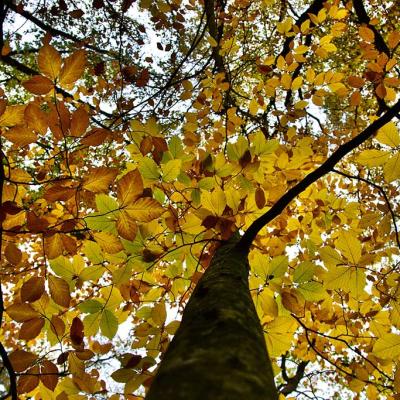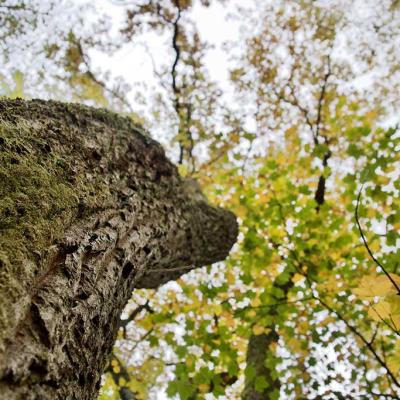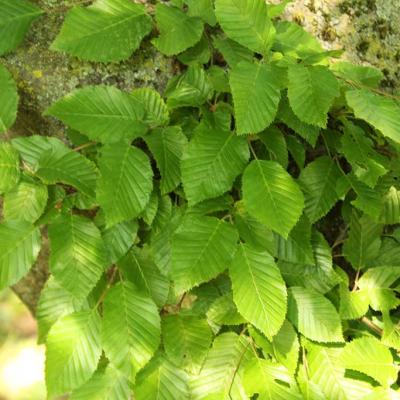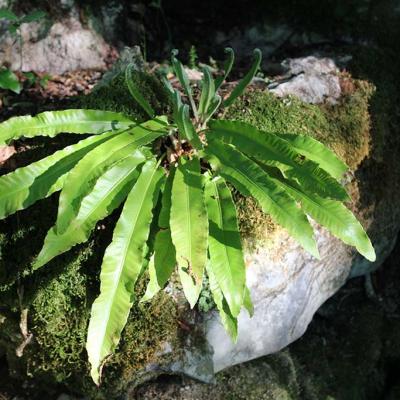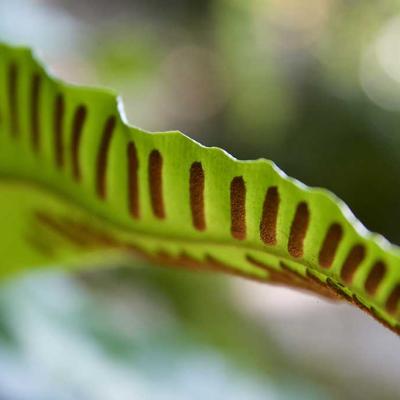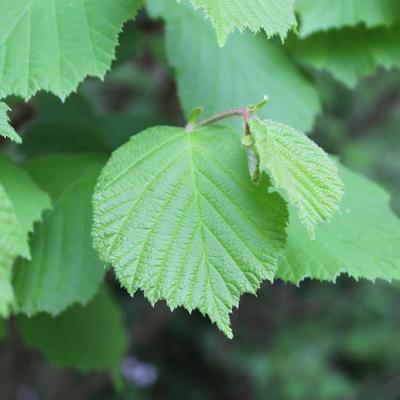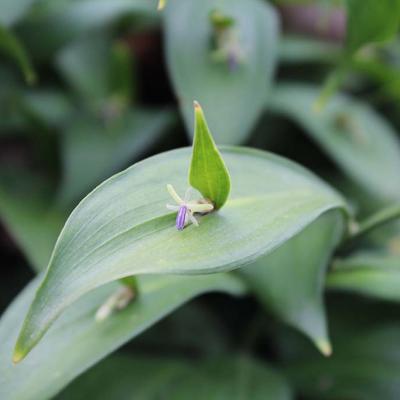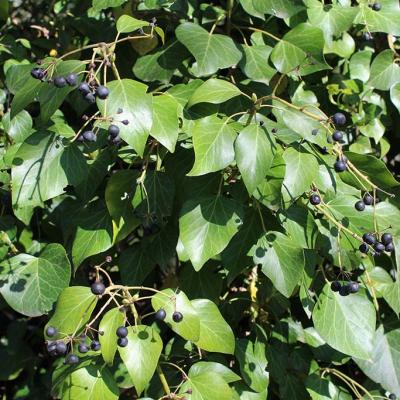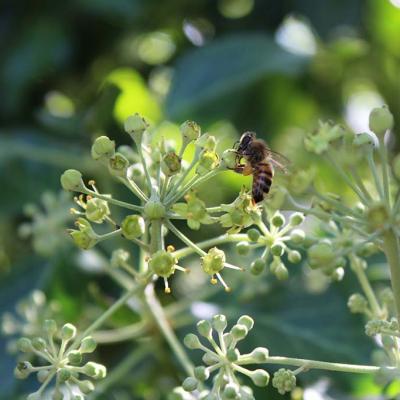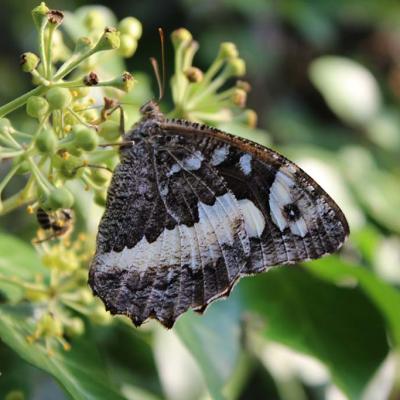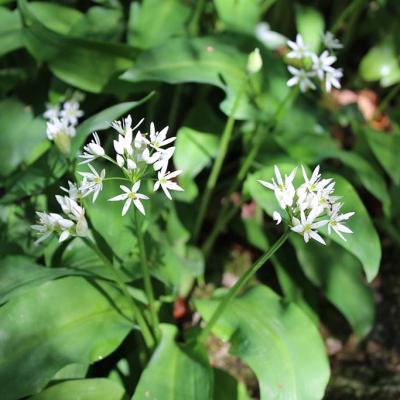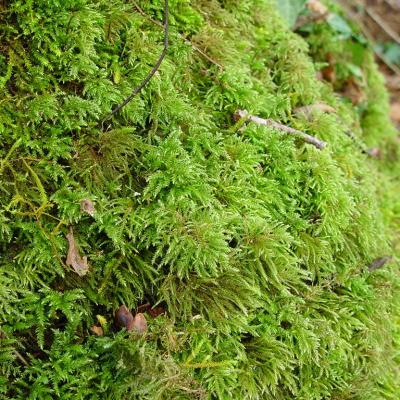Karst Pot-hole
The bottom of the southern slope of the sinkhole houses a pot-hole (also known as Jablenza 2°), a shaft, the entrance of which is broad and almost circular (7m x 7m), revealing vertical walls that drop to a shelf at a depth of 17 metres. The cavity continues to wind its way down, reaching an overall depth of 39.5 metres.
The presence of this pot-hole contributes to increasing the phenomenon of thermal inversion as it provides a further trap of cold, damp air within the doline itself. In these cavities the development of vegetation follows a gradient of temperature, brightness and humidity. Thus, at the mouth dominate shade-loving flowering plants and the species present in the shady field layer of the sinkholes. Below this band come various fern species, such as the Hart’s-tongue Fern (Asplenium scolopendrium subsp. scolopendrium).
Descending further we encounter mosses including the abundant Fox-tail Feather-moss (Thamnium alopecurum) followed at greater depth only by patinas of and green and blue-green algae.

